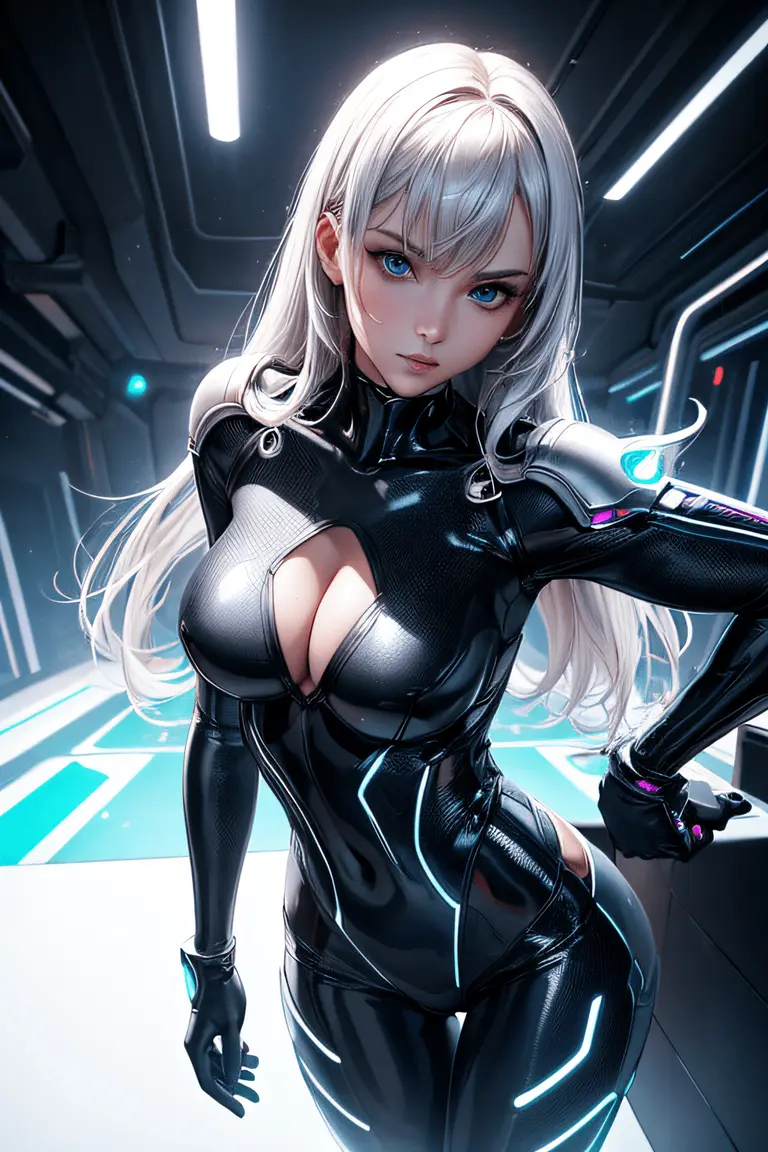Create AI Character: Bringing Digital Beings to Life
In today's digital age, the concept of artificial intelligence is not just limited to automation and algorithms. AI has also found its way into more creative fields, where it is being used to develop intricate and lifelike characters. Creating AI characters involves a blend of technology, creativity, and innovation, resulting in digital beings that can interact with users and even evoke emotions.
Understanding AI Characters
Before delving into the process of creating AI characters, it's essential to understand what exactly these digital beings are. AI characters are virtual entities programmed with artificial intelligence algorithms that enable them to simulate human-like behavior, emotions, and interactions. These characters can range from chatbots and virtual assistants to complex avatars in video games and movies.
The Evolution of AI Characters
Over the years, the development of AI characters has evolved significantly. Initially, AI characters were rudimentary and lacked human-like traits. However, advancements in machine learning and natural language processing have enabled developers to create characters that can understand context, convey emotions through facial expressions, and engage users in meaningful conversations.
Applications of AI Characters
The applications of AI characters are diverse and far-reaching. From enhancing customer service interactions to providing companionship for the elderly, AI characters have the potential to revolutionize various industries. In gaming, AI characters can serve as non-player characters (NPCs) with sophisticated behaviors, making gameplay more engaging and immersive.
Creating AI Characters
The process of creating AI characters involves a combination of designing their appearance, defining their personalities, and programming their behavior. Here are the key steps involved:
Designing the Character
The first step in creating an AI character is designing its appearance. This includes defining the character's visual style, features, and animations. Attention to detail is crucial to ensure that the character is visually appealing and aligns with the intended purpose.
Defining the Personality
Once the visual design is complete, the next step is to define the character's personality traits. This involves determining how the character will interact with users, what emotions it can express, and what tone of voice it will use. A well-defined personality adds depth and authenticity to the character.
Programming the Behavior
Programming the behavior of an AI character is perhaps the most challenging part of the process. This involves writing algorithms that govern the character's responses to user inputs, its decision-making processes, and its learning capabilities. Machine learning techniques play a significant role in enabling characters to adapt and evolve based on user interactions.
The Future of AI Characters
As technology continues to advance, the future of AI characters looks promising. We can expect to see even more sophisticated and realistic characters that blur the lines between virtual and real interactions. With the potential for AI characters to become integral parts of our daily lives, the possibilities are endless.
Creating AI characters is a fascinating blend of art and science that opens up new horizons for creativity and innovation. By harnessing the power of artificial intelligence, developers can bring digital beings to life in ways that were once unimaginable.
 4.09
4.09 205
205















